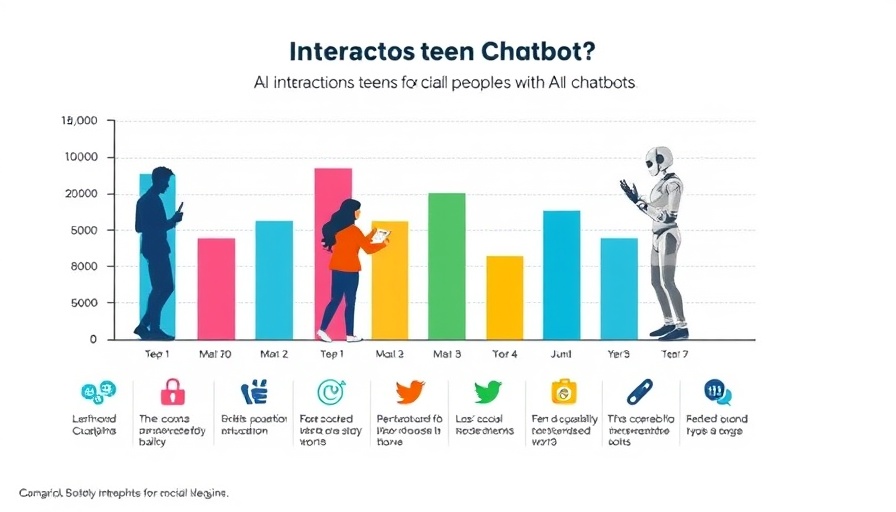
LinkedIn's New Feature: Understanding Comment Impression Counts
In a bid to empower its users further, LinkedIn has launched a feature that allows individuals to see the impression counts on their comments beneath posts. This innovative update aims to enhance transparency and provide insights into how contributions resonate within the platform's professional community.
What Are Comment Impressions?
According to LinkedIn, a comment impression is counted each time a comment is viewed, irrespective of whether it's the same user returning to check it multiple times. While this count can sometimes lead to inflated numbers—for instance, if the same member views their own comment repeatedly—it remains a tool for self-assessment. Each user can now better gauge the visibility of their engagement. This move acknowledges the growing need for social media metrics that reflect a user's reach and interaction—essential elements for users hoping to grow and connect on LinkedIn.
The Motivation Behind Comment Data Tracking
One of the driving forces behind introducing comment impressions is to motivate users to engage more. Social media analyst Lindsey Gamble noted that by having insight into comment performance, creators might feel inclined to contribute more regularly. Since comments have previously been associated with increased visibility of one's profile, this could further incentivize participation. More comments can lead to greater connections and discussions, essential for networking on LinkedIn.
The Implications of Impressions vs. Engagement
While impressions help users understand visibility, they do not equate to engagement. As highlighted in an Oktopost article, impressions reflect how many times content is shown but don’t gauge whether audiences find it engaging. A high impression count without corresponding engagement metrics (like likes or replies) indicates a disparity that marketers need to address. For business owners and marketers, understanding this dynamic is crucial—balancing visibility with meaningful interactions can shape their content strategy effectively.
Potential Challenges with Comment Impressions
Despite its advantages, the comment impressions feature isn't without its downsides. Users might leverage this ability to show off inflated views, possibly undermining the integrity of the statistics. The fact that these metrics are private—visible only to the individual—may encourage some to inflate their success while not offering a full picture to others in their professional network.
Strategizing for Growth on LinkedIn
For business owners, understanding the implications of this new feature opens doors for growth strategies. By analyzing their comment impressions, they can refine their content strategy, focusing on the types of posts that resonate most and encourage interactions. The focus should not only be on increasing comments but also fostering genuine engagement—questions, insights, and debates that prompt reactions are essential.
Future Trends in LinkedIn Engagement Metrics
As LinkedIn continues to evolve, the commentary around engagement will likely shift towards maximizing valuable interactions. This feature could pave the way for future updates that prioritize engagement, offering more detailed analytics and perhaps integrating these insights into more visible platforms for admins and marketers. Understanding how to navigate these changes will be paramount for business coaches, consultants, and owners aiming to harness LinkedIn's full potential.
Conclusion and Next Steps
As LinkedIn rolls out comment impression counts, it's incumbent upon users to leverage these insights creatively. By combining comments with targeted strategies, users can not only broaden their reach but also enrich their professional interactions. The journey to optimized engagement on social media platforms involves continual assessment and adjustment—take time to experiment with your strategies on LinkedIn today!
 Add Row
Add Row  Add
Add 


Write A Comment